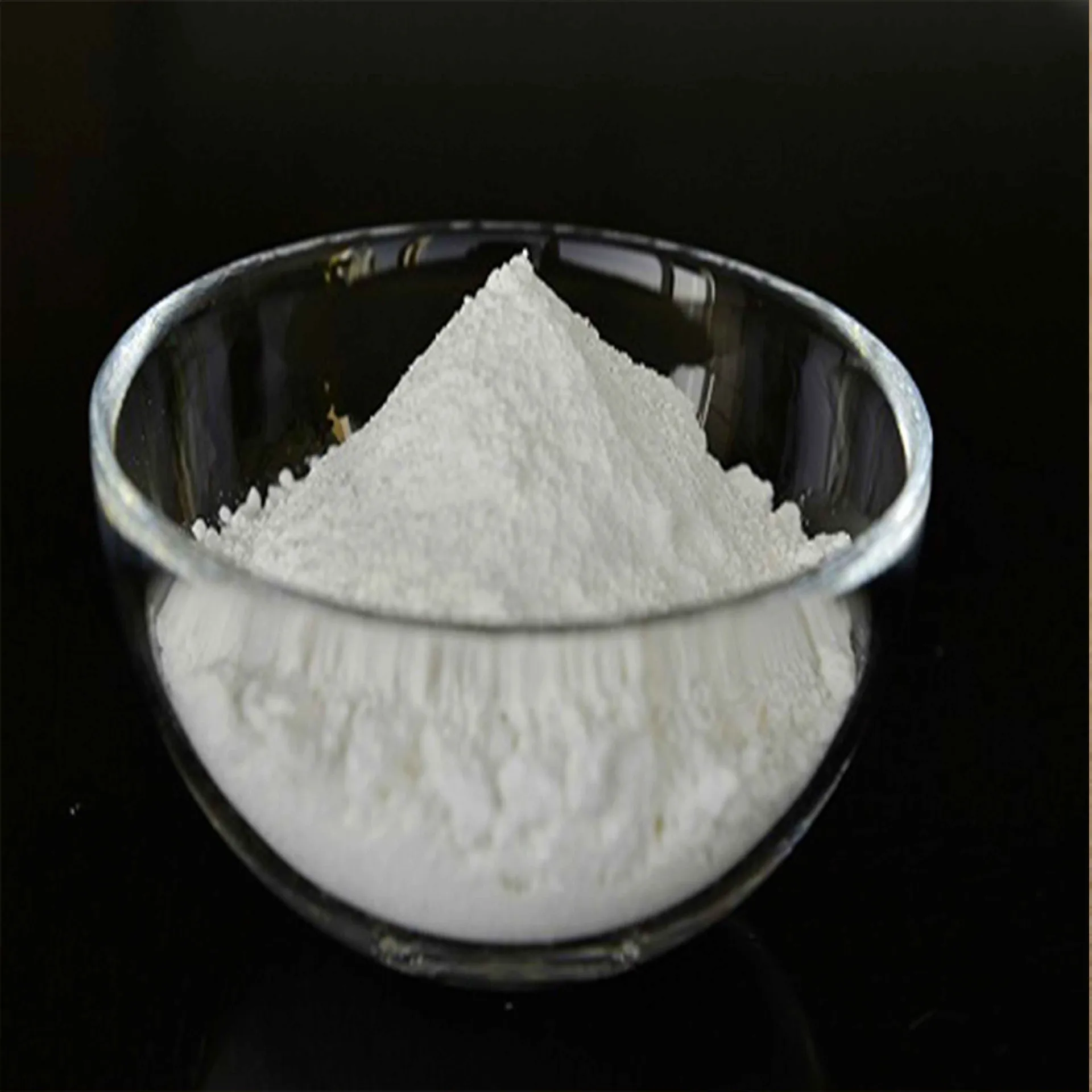
Th5 . 22, 2025 09:25 Trở lại danh sách
The Essential Role of Titanium Dioxide in Modern Paints: A Comprehensive Analysis
In the world of coatings and paints, few materials have had as profound an impact as titanium dioxide (TiO₂). This remarkable white pigment, typically processed into a fine titanium dioxide powder, has become the backbone of modern paint formulations. The unique properties of titanium dioxide pigment have revolutionized paint technology, enabling the development of coatings that offer unprecedented durability, brightness, and protective qualities.

The Optical Superiority of Titanium Dioxide
At the heart of titanium dioxide's dominance in the paint industry lies its exceptional optical properties. When processed into titanium dioxide powder for paint applications, the material exhibits a refractive index of approximately 2.7, which is significantly higher than most other white pigments and nearly double that of typical paint binders. This fundamental characteristic allows titanium dioxide pigment to scatter visible light with remarkable efficiency, creating the brilliant whiteness and opacity that have become industry standards.
The light-scattering mechanism of titanium dioxide operates on multiple levels. Each microscopic particle of titanium dioxide powder within the paint film acts as a tiny prism, bending and reflecting light waves. This phenomenon occurs because the speed of light changes as it passes from the binder medium (with a lower refractive index) into the titanium dioxide particles (with a higher refractive index). The degree of this light scattering is mathematically described by Mie scattering theory, which explains how particles of optimal size (about half the wavelength of visible light) provide maximum opacity.
What makes titanium dioxide coating formulations particularly effective is the particle size distribution of the pigment. Manufacturers carefully control the grinding process to produce titanium dioxide powder with particles predominantly in the 200-300 nanometer range. This size is ideal because it's small enough to provide a large surface area for light interaction while being large enough to effectively scatter visible light. When properly dispersed in the paint matrix, these particles create countless interfaces that reflect and refract light, giving titanium dioxide paint its characteristic hiding power.
The Unique Optical Properties of Titanium Dioxide Increase Brightness
The optical performance of titanium dioxide pigment extends beyond simple whiteness. Modern paint formulations benefit from TiO₂'s ability to maintain its brightness over time. Unlike traditional white pigments that might yellow or darken with exposure to light or environmental factors, titanium dioxide coating systems demonstrate exceptional color stability. This resistance to discoloration stems from the chemical inertness of TiO₂ crystals and their ability to resist photochemical degradation, even under prolonged UV exposure.
-
Why Rutile Titanium Dioxide Is Preferred in Plastic Manufacturing
Tin tứcJul.21,2025
-
Why High-Quality Printing Paper Cannot Do Without Titanium Dioxide
Tin tứcJul.21,2025
-
Why Exterior Wall Coatings Prefer Rutile Titanium Dioxide
Tin tứcJul.21,2025
-
Optical Properties and Light Interaction of Titanium Dioxide
Tin tứcJul.21,2025
-
How to Determine the Effectiveness of Using Titanium Dioxide in Coatings
Tin tứcJul.21,2025
-
Comparing the Advantages of Titanium Dioxide with Other Paper Whitening Agents
Tin tứcJul.21,2025
